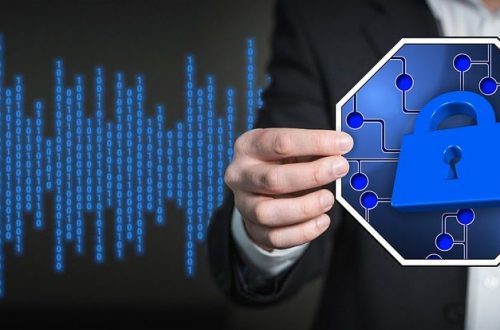In today’s world, the safety of data and confidential information, and especially information stored in databases, is a very important issue.
Why Do We Need Data Protection in the Modern World?
Every day a huge amount of information is published and generated in the world. Man is no longer able to process so much information. Therefore, today one of the most relevant topics on the market is software that can handle large data sets, which are constantly updated. Due to the growth of a large amount of data, the question of data placement arises. Currently, the most popular solution is distributed data storage, which requires new approaches to efficient data processing in distributed databases.
Currently, all the world’s largest corporations in the field of information technology are trying to protect their confidential data from attackers. And also to preserve their integrity, accessibility, publication, etc. This problem is most relevant for personal data, such as user data or banking transaction data. The development of information technologies and their implementation in almost all spheres of life is today one of the main reasons for the creation and design of data protection systems. This has led to the emergence of data security systems.
With distributed processing, the client can send a request to its own local database or remote. Remote request ~ is a one-time request to one server. Multiple remote requests to one server are combined into a remote transaction. If individual transaction requests are processed by different servers, the transaction is called distributed. The transaction definition request is processed by one server. If a transaction request is processed by multiple servers, it is called distributed.
Data Management Software and Its Usage
A distinction should be made between working with data management software and working with data management software. In the second case, the user is explicitly connected to the data source:
- Local autonomy. This principle means that operations on this node are controlled by the same, do not require expectations from other nodes, although in real systems the autonomy is incomplete, because there are many situations where you need the coordinated operation of nodes.
- Independence from the central node. The principle means that all nodes act as equal, otherwise at the damage of the center all systems can fail.
- Continuous operation. The principle means that systems must be highly reliable and data accessible. Reliability is the probability that the system is working and working at any given time. Systems can support a full range of methods to increase reliability (mirror disks, backup servers, multi-machine clusters, etc.).
This leads to problems with the processing and protection of the that is processed in this space. It has been established that software security measures have become widespread in addressing data security issues. Their reliability is based on the computational stability of algorithms that provide protection against more cryptanalytic attacks.
However, the development of computer technology and the emergence of new types of attacks, including coercive attacks, are reducing their reliability. As a result, the tasks of developing, creating practical implementations, and implementing advanced means of information protection is one of the relevant areas of research. So now a large number of promising algorithms and methods of data protection have been created, which are based on the use of modern methods of machine data processing. However, it is established that the practical use of some effective cryptographic algorithms, in particular the algorithms of denied encryption, is impossible.




